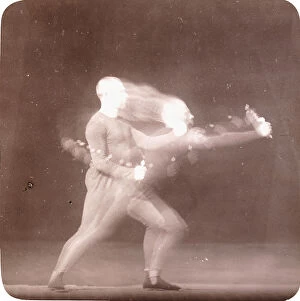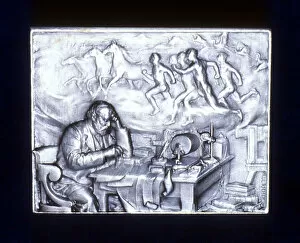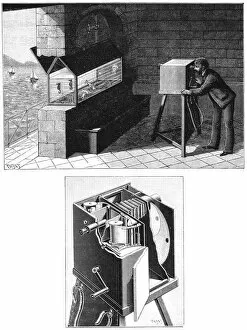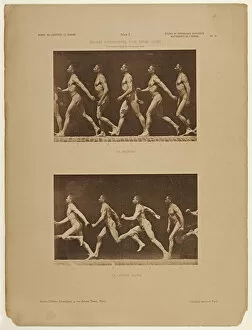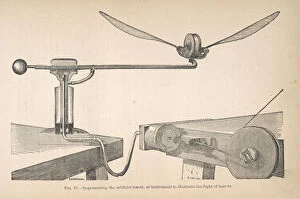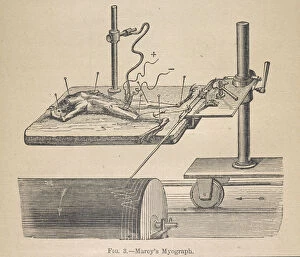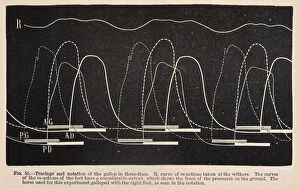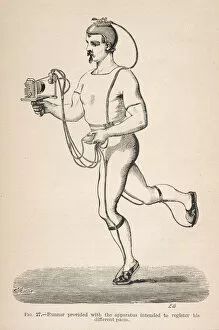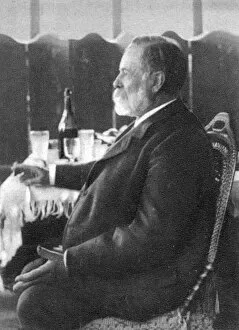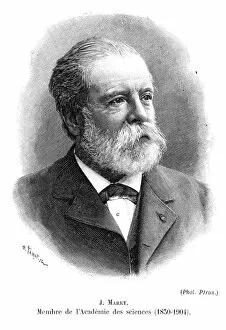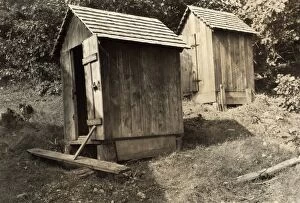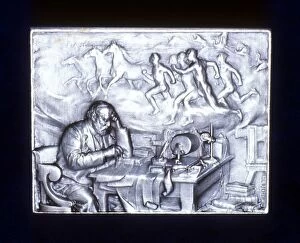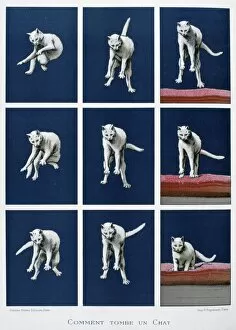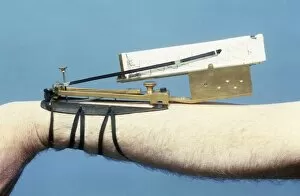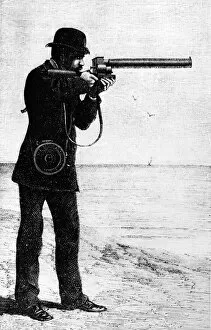Marey Collection
Etienne Jules Marey: Pioneering the Art of Capturing Movement Step into the world of Etienne Jules Marey
All Professionally Made to Order for Quick Shipping
Etienne Jules Marey: Pioneering the Art of Capturing Movement Step into the world of Etienne Jules Marey, a French physiologist and pioneer of cinematography in the 19th century. Through his groundbreaking inventions and scientific studies, Marey revolutionized our understanding of movement and paved the way for modern-day photography. One of his notable works is the "Chronophotograph of Movements of a Boxer, " captured around 1890. This mesmerizing lantern slide freezes time, allowing us to witness every intricate detail as this skilled athlete throws punches with precision. In 1882 (1956), Marey designed a photographic gun that forever changed how we capture motion. This innovative device enabled him to take multiple images in rapid succession, creating a sequential record that revealed previously unseen aspects of movement. Marey himself can be seen in various photographs from different periods. In one image from 1901, he stands proudly with his cine camera, showcasing his dedication to advancing cinematography. His passion for capturing movement extended beyond human subjects; an instrument he developed illustrated flight patterns of insects (Fig 87 Representing). His expertise was not limited to photography alone; it also delved into physiology. His myograph animal mechanism treatise on terrestrial creatures exemplified his comprehensive approach towards understanding how living beings move. The legacy left by Etienne Jules Marey continues to inspire generations today. His contributions have shaped not only scientific research but also artistic expression through film and photography. As we marvel at the captivating "Marey Photo" collection, we honor this visionary who forever altered our perception of motion and brought it vividly to life through his lens.

